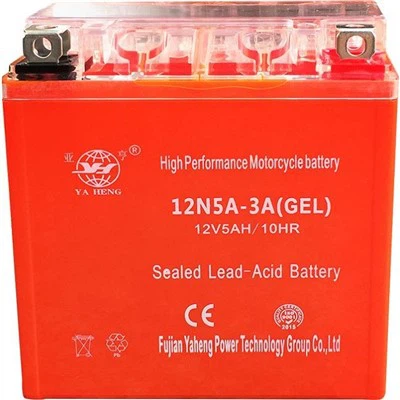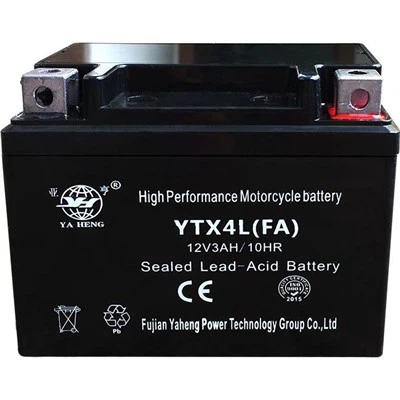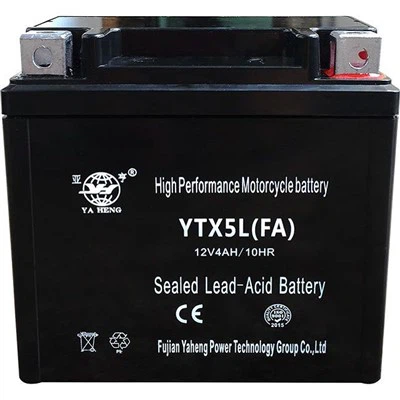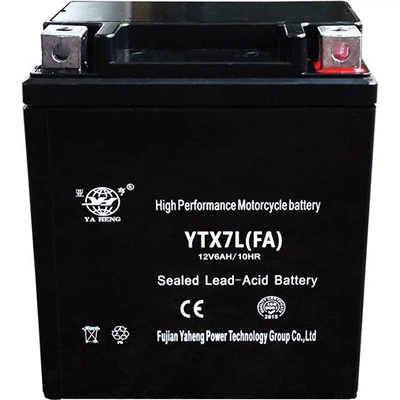Motorcycle Battery
What Is Motorcycle Battery
A motorcycle battery is a type of battery used to power a motorcycle. It is a rechargeable battery that stores electrical energy in chemical form and converts it into electrical energy to power the motorcycle's engine and electrical components such as lights, horn, and ignition system. These batteries usually come in small, compact sizes and are designed specifically for use in motorcycles. They can be either lead-acid batteries or lithium-ion batteries, depending on the type of motorcycle and the desired characteristics of the battery, such as weight, power output, and longevity.
Benefits of Motorcycle Battery
Easy installation and maintenance
Motorcycle batteries are relatively easy to install and maintain. They require very little maintenance and do not need constant attention.
Cost-effective
Motorcycle batteries are generally affordable and can last for several years, which makes them a cost-effective power source for your motorcycle.
Portable
Motorcycle batteries are relatively lightweight, compact, and portable, which allows you to easily take them with you on long trips and adventures.
Reliable and durable
Motorcycle batteries are generally reliable and durable, which means they are less likely to fail unexpectedly and cause inconvenience.
-
Start Battery12V5AH (12N5A-3A) motorcycle battery is a start battery, maintenance free, 5AH@10HR,Size: LengthAdd to Inquiry
-
Start-stop Battery12V7AH (12N7A-3A) motorcycle battery is a start battery, maintenance free,produced with jarAdd to Inquiry
-
Starting Battery12V9AH (12N9-4B) motorcycle battery is a start battery, maintenance free, 9AH@10HR,Size: LengthAdd to Inquiry
-
GEL Motorcycle Battery12V4AH (YTX4L) motorcycle battery is a start battery, maintenance free, 4AH@10HR,Size: LengthAdd to Inquiry
-
GEL Start Battery12V5AH (YTX5L) motorcycle battery is a start battery, This GEL motorcycle battery is purposelyAdd to Inquiry
-
GEL Starting Battery12V7AH (YTX7L) motorcycle GEL battery is a start battery, maintenance free, is produced with jarAdd to Inquiry
- Tel: +86-760-88625562
- Fax: +86-760-88625562
- Email: johny5@126.com
- Add: No.12 Ave.1 North, Industrial Rd. East, Guzhen, Zhongshan, Guangdong, China
Why Choose Us
Professional team
Our professional team collaborate and communicate effectively with one another, and are committed to delivering high-quality results. They are capable of handling complex challenges and projects that require their specialized expertise and experience.
One stop solution
We can offer a range of services, from consultation and advice to product design and delivery. It is a convenience for the customers, as they can get all the help they need in one place.
Innovation
We are dedicated to improving our systems continually, ensuring that the technology we offer is always cutting edge.
24h online service
We try and respond to all concerns within 24 hours and our teams are always at your disposal in case of any emergencies.
Start battery
A start battery is a type of battery used to provide power to start a vehicle's engine. It typically has a high cranking amperage capacity and is designed to deliver a burst of power for a short period of time. Start batteries are commonly used in automobiles, boats, and other vehicles that require a reliable source of energy to start the engine. They are typically lead-acid batteries and are rechargeable.
Start-stop battery
A Start-Stop battery is a specialized type of car battery designed for use in vehicles equipped with a Start-Stop system. This system automatically turns off the car's engine when it comes to a stop and restarts it when the driver touches the gas pedal again. Start-Stop batteries are different from regular car batteries because they require a high rate of charging and discharging cycles. They are designed to handle the increased power demands of a Start-Stop system and are also more resistant to vibrations.
GEL motorcycle battery
A GEL motorcycle battery is a type of sealed lead-acid battery that uses a gel electrolyte instead of a liquid electrolyte. This makes it more resistant to vibration and deep discharge than traditional acid batteries, making it ideal for motorcycle use. GEL batteries also have a longer lifespan and require less maintenance than acid batteries. They are often used in high-performance motorcycles or those with added electrical components such as GPS or heated grips.
GEL start battery
The GEL Start Battery is a high-quality, maintenance-free battery designed to provide reliable starting power for various applications. It utilizes advanced technology that allows for a longer lifespan and superior performance compared to traditional lead-acid batteries. With its leak-proof design and deep discharge capabilities, this battery is ideal for use in marine, automotive, and other demanding applications where reliable starting power is critical.

Battery type
There are two main types of motorcycle batteries: lead-acid batteries and lithium-ion batteries. Lead-acid batteries are more common and affordable, while lithium-ion batteries are lighter, more durable, and have a longer lifespan.
Voltage and capacity
Make sure to choose a battery that has the correct voltage and capacity for your motorcycle. You can check your owner's manual or consult with a professional mechanic to determine the correct specifications.
Size and shape
Motorcycle batteries come in different sizes and shapes, so it's important to choose one that fits snugly in your bike's battery compartment. Make sure to measure the dimensions carefully before making your purchase.
Quality
Don't skimp on quality, as a low-quality battery can cause damage to your bike's electrical system and may not last as long as a higher quality battery.
Maintenance requirements
Different battery types have different maintenance requirements. Be sure to read the instructions carefully and follow proper maintenance procedures to ensure the battery's longevity and performance.
Gather the proper tools. You will need a socket wrench, pliers, and a pair of gloves. Locate the battery on your motorcycle. In most cases, the battery is located under the seat or within the frame of the motorcycle. Refer to your motorcycle's owner's manual for specific location information. Disconnect the old battery. Using the pliers, disconnect the negative (-) cable from the battery. Then, disconnect the positive (+) cable from the battery. Remove the old battery. Using the socket wrench, remove any bolts or screws holding the battery in place. Carefully lift the old battery out of the motorcycle and set it aside. Prepare the new battery.
Check the new battery's terminals for any signs of damage, and remove any protective covers. Then, check the voltage rating to ensure it matches your motorcycle's specifications. Install the new battery. Carefully place the new battery in the same position as the old battery. Make sure it is secure, and attach any bolts or screws as necessary. Connect the cables to the new battery. First, connect the positive (+) cable to the battery terminal, and then connect the negative (-) cable. Double-check everything. Ensure that all connections are properly secured and that the battery is seated properly. Start the motorcycle. Start the motorcycle to ensure that the battery is working correctly.

How to Choose the Right Battery for Motorcycles
The first and simplest and one of the most important specs not always included in the numeric code is that of its voltage, and this will be clearly marked on the battery as either 6v or 6 volts, or 12V or 12 volts. The majority of motorcycles run on 12 volts, but there are many scooters and small bikes that run on 6 volts, and you do not want to fit a 6-volt battery on a bike that requires 12 volts, and vice versa. Conventional flooded batteries are marked 6N or 12N to show voltage, and you can also tell by the number of cell caps – 6-volt batteries have 3, 12-volt batteries have 6 (there is one cap per cell, and each cell is always 2 volts).
The next important detail is that of physical size and terminal layout. With batteries being housed in confined areas, if you do not buy the correct one it is likely that it will not fit, or you may find that the positive lead is next to the negative terminal and this will do your bike no good at all. Physical size is easy, you can just measure the dimensions of the battery you have (assuming it is the correct size), and check they are the same as the battery you want. The same goes for the terminal layout, a quick visual check sorts that. Terminal type may be important too, depending on the housing and access, but it is not always crucial.
Next, there is the ampere-hour (Ah) rating, and this describes the battery's ability to provide a certain current for a particular amount of time. A 14 Ah (10hr) battery can provide 1.4 Amps for 10 hours, a 20 Ah (20hr) battery can provide 1A for 20 hours. As long as the Ah rating of the battery you are buying is at least equal to the specified Ah for your bike, it does not matter if you get a battery with a higher rating; you are getting a better battery, as long as the voltage, size and terminal layout are the same. there is the cold cranking amps (CCA) rating, and this describes the battery's ability to provide enough current to cold-start the bike. A big bike loaded with gadgets and gimmicks needs a good Ah rating so it can keep everything powered, and a large-bore high-compression V-twin needs a good CCA rating for those frosty mornings.
The Working Principle of Motorcycle Battery
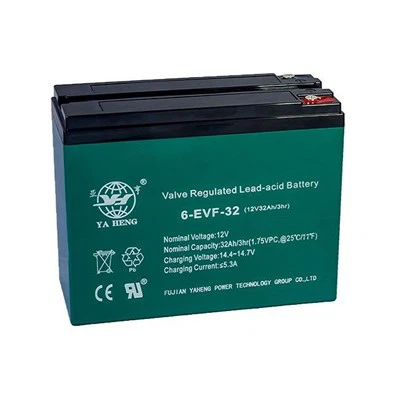
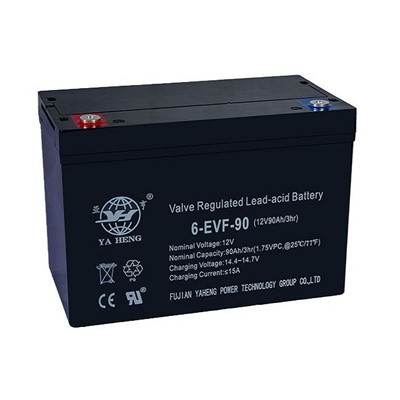
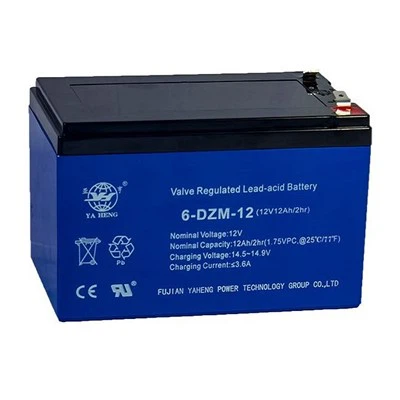
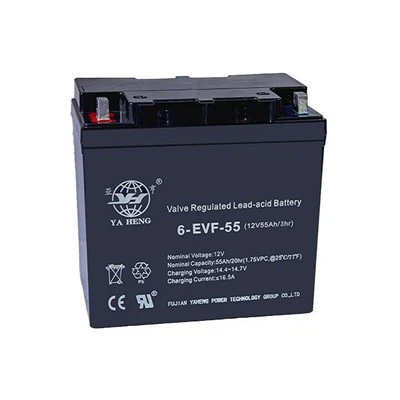
The motorcycle battery is an essential component of a motorcycle that provides the electrical power required to start the engine, run the lighting system, the horn, and other electronic accessories. The working principle of the motorcycle battery is based on the chemical reactions that occur inside the cells of the battery.
The motorcycle battery is a rechargeable lead-acid battery that consists of several cells connected in series. Each cell contains two lead plates immersed in a solution of sulfuric acid, which is commonly referred to as electrolyte. One of the lead plates is coated with lead dioxide while the other plate is coated with lead.
When the battery is fully charged, the lead dioxide plate has a positive charge, and the lead plate has a negative charge. When the battery is connected to the motorcycle's electrical system, the electrical current flows from the positive plate through the electrical circuit, and back to the negative plate, creating a current flow that powers the motorcycle's electrical components.
As the battery discharges, the lead dioxide plate gives up its oxygen to the sulfuric acid, forming lead sulfate and water. At the same time, the negative lead plate gives up electrons to the electrical circuit, leaving behind lead oxide and sulfuric acid. As a result of these chemical reactions, the electrolyte becomes weaker, and the voltage output of the battery decreases.
To recharge the motorcycle battery, an external charging source is connected to the battery. During the recharging process, the direction of the current flow is reversed, causing the lead sulfate and lead oxide to convert back to lead dioxide and lead, respectively, resulting in the restoration of the battery's full capacity and voltage output.
The Component of the Motorcycle Battery
Casing
The casing of the battery is made of sturdy material, typically plastic or rubber, that protects the internal components from damage.
Plates
The battery contains several lead plates that are covered in a lead oxide paste. These plates are responsible for producing the electrical current needed to power the motorcycle.
Electrolyte
The electrolyte is a solution of sulfuric acid and distilled water that fills the battery. It reacts with the lead plates to produce an electrical charge.
Connectors
The connectors are metal bolts that transfer the electrical current from the battery to the motorcycle's electrical system.
Acid reservoirs
The acid reservoirs allow for the important process of battery maintenance, by allowing you to add distilled water to the battery when needed.
Maintenance free batteries
Some modern batteries are sold as maintenance-free, which means they include a gel electrolyte that eliminates the need for distilled water refills.
Material of Motorcycle Battery
Motorcycle batteries are typically made of lead acid or lithium-ion materials. Lead acid batteries are the most common type of battery used in motorcycles due to their durability, reliability, and low cost. They consist of lead plates, lead oxide, and sulfuric acid electrolyte. The lead plates are immersed in the electrolyte and provide a chemical reaction that produces electricity. on the other hand, are becoming increasingly popular due to their higher power density and lighter weight. They consist of lithium cobalt oxide or lithium iron phosphate electrodes and an electrolyte solution. Lithium-ion batteries also have a longer lifespan and can be recharged faster than lead acid batteries. Other materials used in motorcycle batteries include plastic casing, metal terminals, and sealing material to prevent leakage. The quality of the materials used in a motorcycle battery can have a significant impact on its performance and lifespan. Therefore, it is important to choose a battery that is made with high-quality materials and manufactured by a reputable brand.
How to Charge the Motorcycle Battery
Check your battery's voltage level
Before you start charging your motorcycle battery, you need to check its voltage level. Use a multimeter to check the voltage. If it's below 12.6 volts, it means your battery is low and it needs to be charged.


Unplug the battery
First, make sure your bike is turned off and the ignition key is removed. Then, unplug the battery cables from the battery terminals.
Prepare the charger
Choose a charger that is compatible with your motorcycle battery. Read the charger instructions to understand how it works and select the appropriate charging mode.
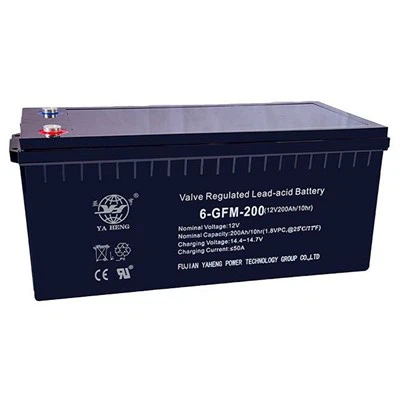
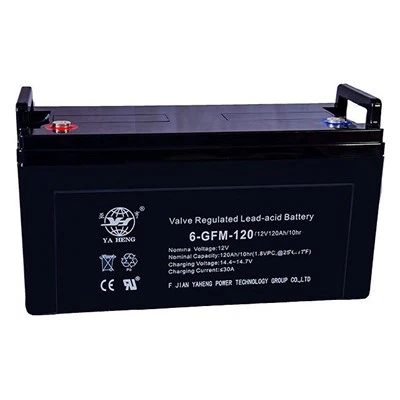
Connect the charger
Connect the charger's positive cable (red) to the positive terminal of your battery. Then, connect the negative cable (black) to the negative terminal of your battery.
Set the charging mode
Set the charger to the appropriate charging mode according to the charger instructions manual. Usually, there are three modes (slow, medium, and fast). Choose the appropriate mode depending on your battery's size, condition, and charging requirement.

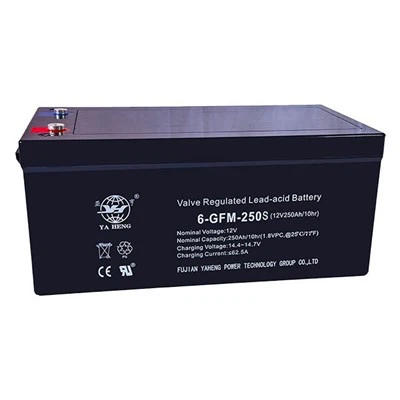
Start the charging
Start the charging process by switching on the charger. The charger will gradually charge the battery and the LED indicator lights will show the charging progress. The time it takes to fully charge your battery depends on its level of discharge and the charger's charging mode.
Monitor the charging
During charging, keep an eye on the charger, and check it every hour to ensure the battery is not overheated or the charger is not malfunctioning. If you notice any unusual occurrence, stop the charging immediately and contact a professional.


Turn off the charger
Once the battery is fully charged, switch off the charger and unplug the battery cables from the terminals.
Keep your battery clean
Dirt and grime can interfere with the electrical connections and decrease the performance of your battery. Regularly cleaning your battery with a damp cloth can help keep it in good condition.
Check the water levels
If your battery is the type that requires water, make sure to check the water levels regularly and add water if necessary. Low water levels can cause damage to the battery and lead to premature failure.
Keep the terminals clean
Corrosion on the terminals can affect the battery's ability to charge and discharge effectively. Use a wire brush or a special battery cleaner to remove any corrosion on the terminals.
Use a trickle charger
Keeping your battery charged is important to extend its life. A trickle charger is a low-amperage charger that can help keep your battery fully charged when it's not in use.
Store your battery properly
If you won't be using your motorcycle for an extended period of time, remove the battery and store it in a cool, dry place. Make sure to keep it charged and check on it periodically.
Certificate



FAQ
We're well-known as one of the leading motorcycle battery manufacturers and suppliers in China. Please feel free to buy high quality motorcycle battery for sale here from our factory. For customized service, contact us now.
solar battery for powering air purification equipment, medical equipment standby battery, alkaline standby battery
